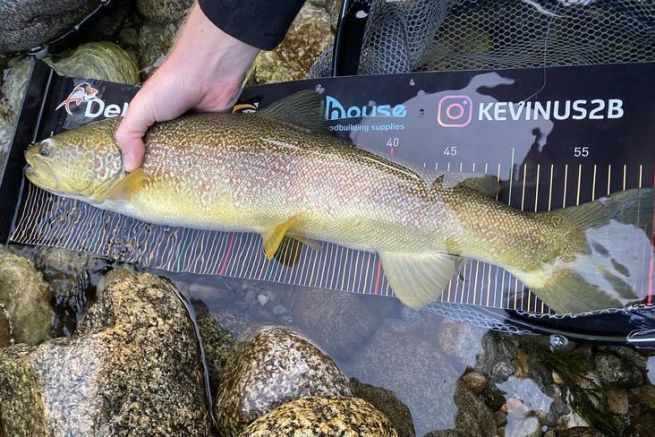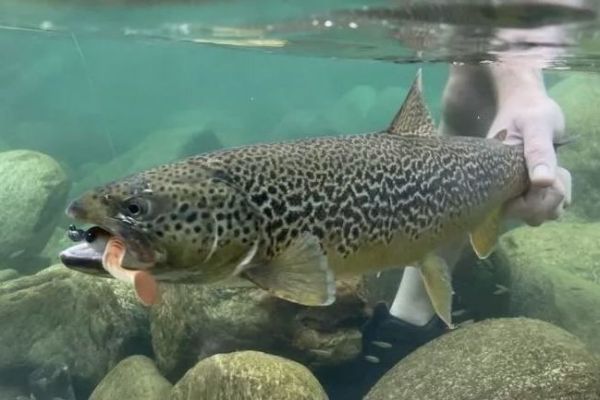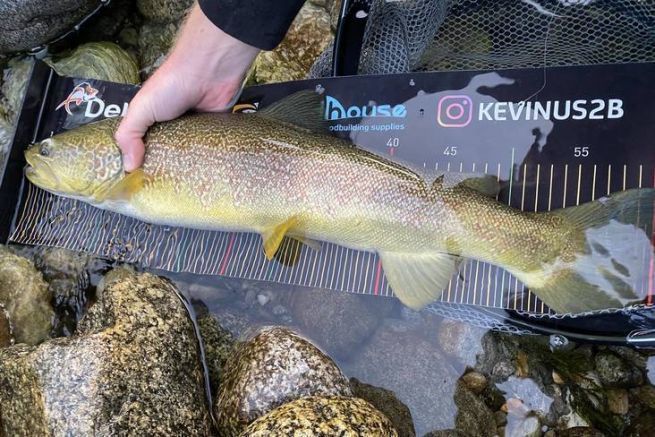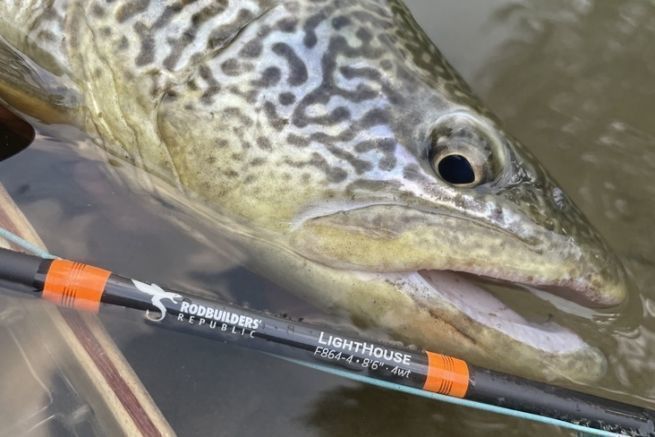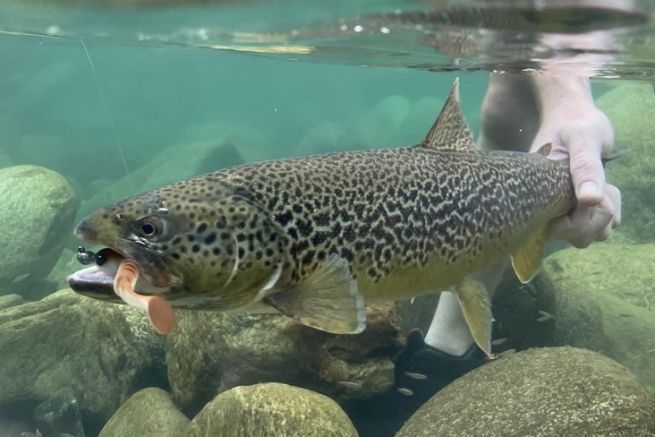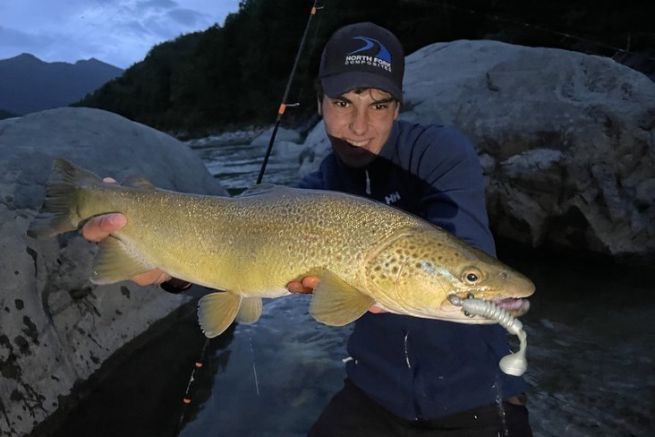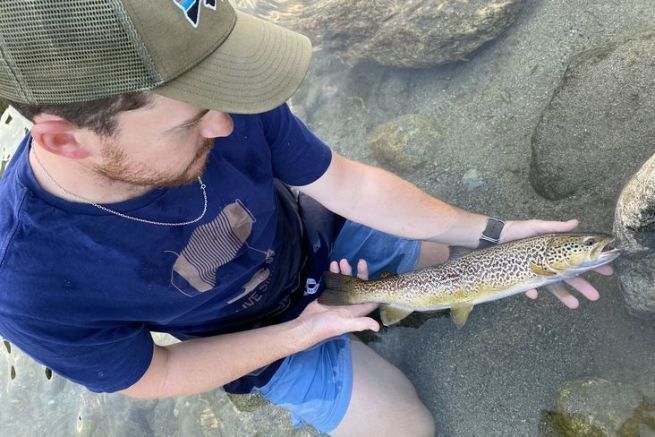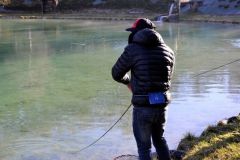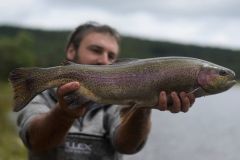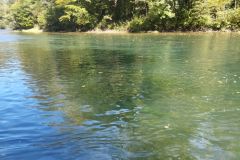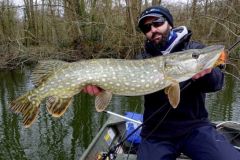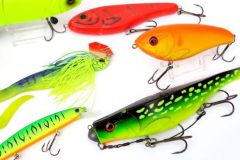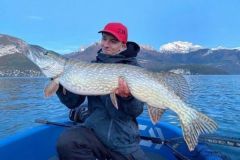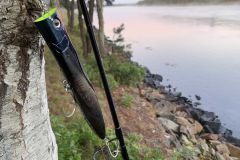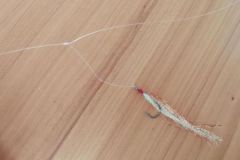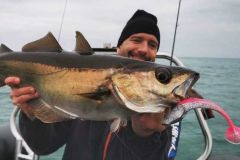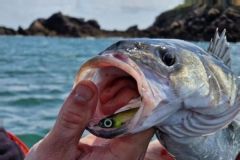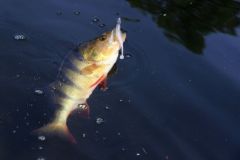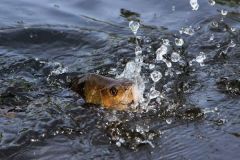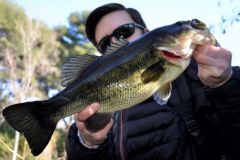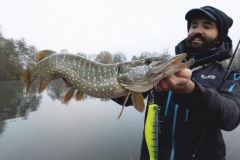The marmorata trout
The marmorata is a species of trout in its own right (Salmo Marmoratus). Its English name is Marble Trout, a name that it owes to the numerous marbling marks present on its body. These real patterns give this fish a very atypical dress and thus a certain attraction for trout fishermen.
It can have golden to greenish reflections with rather dark or even slightly red mottling. It generally has a rather dark and brown back. The "Marmo" as it is familiarly called by the fishermen is a trout with a mouth bigger than the farios whose slit clearly exceeds the eye, also oversized. This large mouth is adorned with larger teeth, and its fins are also well proportioned, which makes it a true predator, regardless of the environment in which it lives.
Being able to reach more than 1 meter for more than 10 kilos, it is one of the biggest salmonids of Europe, which does not fail to make dream the passionate ones.
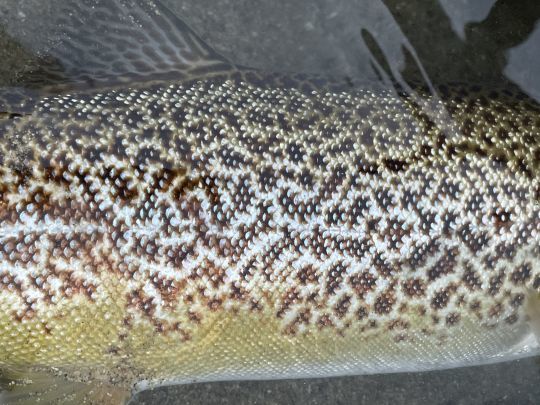
Our fishing spots for marmorata trout
The marmorata trout is native and endemic to the Adriatic basin, it is found mainly in Slovenia and Italy. Slovenia having beautiful populations, but with a very big majority of the courses reserved for the fly, it is towards Italy that we turned to try to lure this fish of dream.
The Po river, famous on its lower part for the fishing of asp and catfish, welcomes marmoratas in all its watershed. The river Sésia which is part of it is our destination, it has a real management around the trouts in a general way, with reserve zones, specific courses to the various techniques and numerous tributaries serving as nurseries.
A specific permit costing about 20 euros per day is required to fish the area we have chosen, although some of the courses of the Sesia are reserved for a more elitist clientele with much higher prices.
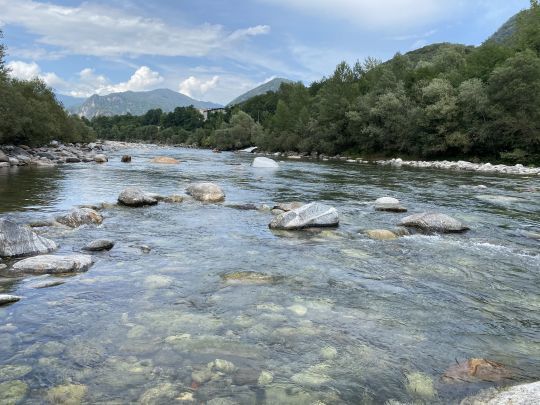
Behavior
The marmorata trout is a fish found mainly in rivers and streams, although it is also present in some lakes. During the summer, it is very rare to observe this trout which shuns the light. In spite of the low water levels, it remains hidden between the rocks, in the places where the water is very oxygenated, until the night, period of activity during which it feeds.
The evening and morning strikes are therefore key times to try to catch a marmorata trout. At the beginning and end of the season, when the water levels are higher and the water is cooler, it is possible to see marmoratas gobbling like other trout do, although after a certain size, they prefer to feed on small fish, as evidenced by their morphology.
The storms likely to intervene in summer are very favourable periods which it is necessary to try to exploit to the maximum, indeed the flagrant fall of the luminosity during these moments regularly start the activity of the trouts.
It is important to remember that the marmorata trout is a mysterious fish and very difficult to catch, our initial goal was to catch at least one each, although we all dreamed of landing a monster.

Fishing modes
Fishing with lures is a technique particularly adapted for fishing marmo and especially it is the one which gives the most hope to fall on a big fish. The low water levels of the summer period during which we left push us to fish with soft lures with a rather particular approach that we almost never practice during our trout fishing: a downstream fishing.
Indeed, marmoratas are often hidden with their head between the rocks, in oxygenated places, including where there is very little water, it is relevant to cast downstream, and to bring back a soft lure while holding it a few seconds in each small current hoping to pass in front of the mouth of a fish. This rather tedious fishing is one of the most effective for this season. It is of course possible and interesting to also fish in a more "conventional" way by casting ¾ upstream and drifting your lure slowly over the bottom, in case an active fish is in position.
Fishing with swimbaits can also be done, but only in the early and late stages of the day, when marmoratas are likely to be active in the open water. Fishing with metal lures such as wobbling spoons is not really suited to the shallow areas we fished, however, it can be very relevant in the deeper pools in search of the big fish.
Fly fishing is more difficult in the Sésia in summer, but the tributaries are more adapted to this technique. It is then more difficult to target specifically the marmorata, but fishing sometimes reserves good surprises!

 /
/ 